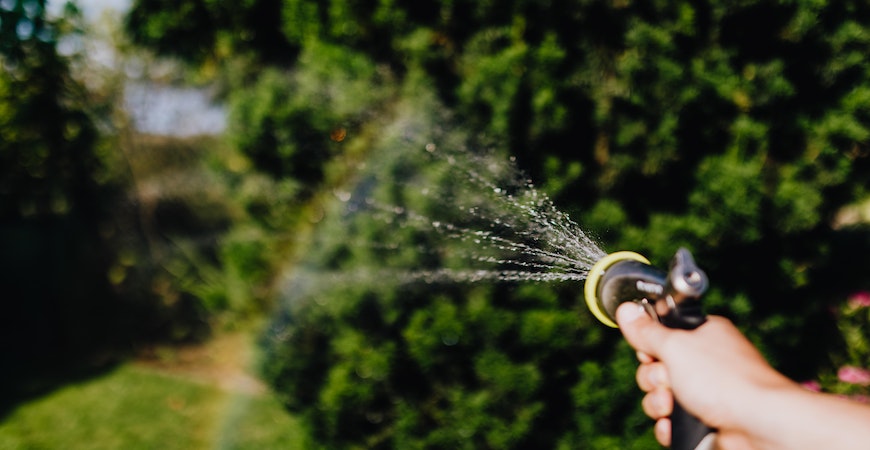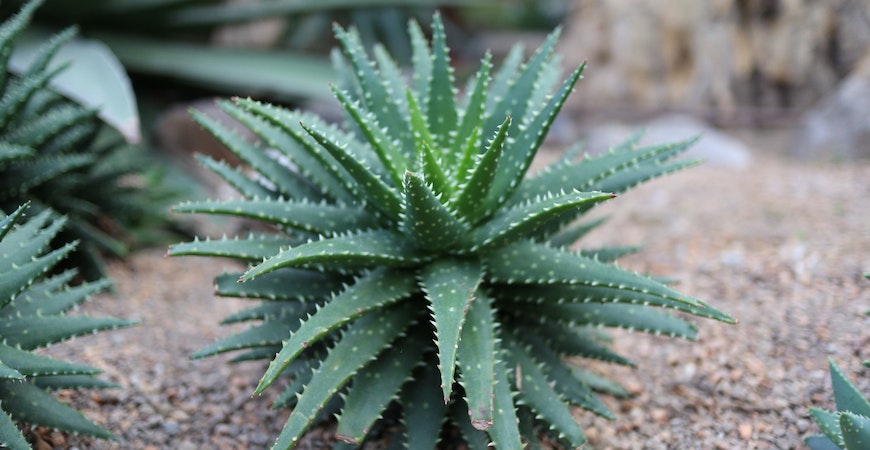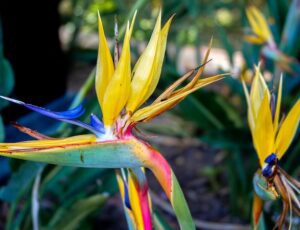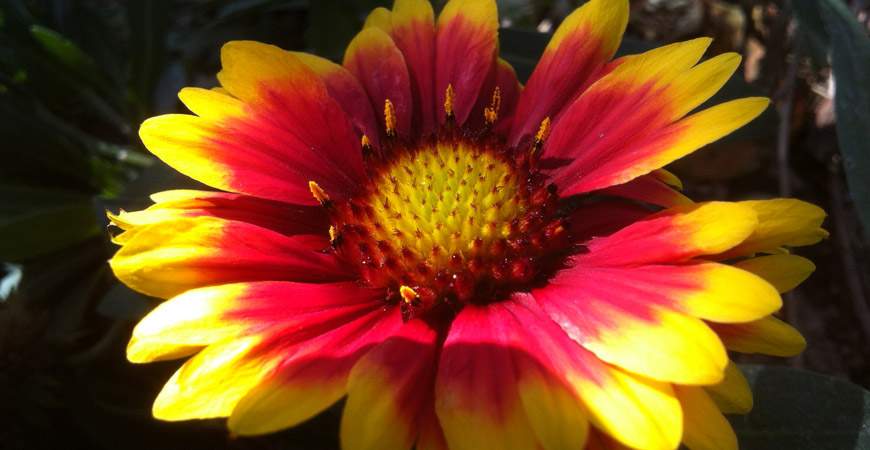
Drought Gardening: Tips and Tricks for Water Conservation
Past summers have brought drought conditions and water restrictions. This summer seems likely to do the same, and the best way to prepare your greenery is to instill the practices of drought gardening.
These practices will keep your plants, flowers, shrubs, and trees thriving even as you’re forced to make do with less water availability. Then, even as conditions improve, our drought garden ideas will also help you conserve water going forward.
What is Drought Gardening?
Drought gardening is making do with less water. It ensures you’re not wasting this essential resource while keeping your landscape healthy and beautiful.
Even if your region isn’t dealing with an official drought, your lawn and garden may still experience high temperatures and a lack of rain. When these occur, you’ll quickly see the signs of drought stress:
- Patchy, yellowing, or thinning grass
- Drooping, limp, or brittle leaves
- Limited growth in your grass, flowers, plants, or trees
- Increase in pests
- Fewer pollinators
- Compacted, hydrophobic, or eroded soil
- More dead branches
When you notice these symptoms of drought stress, it’s essential to take action. The longer you wait, the longer your yard and garden will need to recover.
Improving Water Conservation In Your Garden
It sounds almost too simple, but one of the easiest ways to conserve water usage is to stop using so much.
Many people overwater their landscape. That is, they could reduce their watering by 20 to 40 percent without harming their lawn or garden.
If going this route, gradually decrease water usage over three or four weeks. This will give your plants time to adjust and prevent shock.
Beyond this general approach to water conservation in your garden, you can also tackle the problem with each key component of your landscape.
Lawn Water Conservation
Lawns, with their lush green grass carpets, are often the driver of high water usage. In the pursuit of perfection, we tend to focus on how frequently we water our grass instead of thinking about how deeply that water penetrates the soil.
However, deep yet infrequent watering will drive root growth further into the soil, where it can reach additional moisture and nutrients. This will help prevent stress while also reducing water usage.
Another way to promote deep root growth in your yard is to allow grass to reach taller heights. Because the root system length is proportional to the height of your grass, the taller your grass grows, the further its roots will surge into the soil.
The taller grass will also protect the top layers of the soil from sun damage.
Additionally, try to water during the coolest parts of the day or wait until the sun falls. Nighttime watering allows water to work its way into the soil before it evaporates.
Since your grass is already under the harsh gaze of the sun, it also makes sense to protect it from the heavy weight of foot traffic. Keeping people to brick, stone, or mulch paths will help keep your lawn healthy.
If all these steps still result in a brown, patchy lawn, you should consider switching to a different grass. Microclover, for instance, helps moisture stay closer to the ground, and fescue can thrive in hot and dry climates.
You can use it as a supplement to your current grass or a replacement for it. Both applications will help your lawn survive periods of low water.
Garden Water Conservation
To keep your garden blooming even as you cut back on your water use, you’ll need to employ a few different drought gardening tactics:
- Apply a three to four-inch layer of mulch
- Deadhead flowers regularly
- Install a drip irrigation system for efficient water usage
- Remove plants or flowers considered low-priority or unnecessary
- Stop deploying fertilizer (Fertilizer encourages fast growth and an increased demand for water.)
- Use compost
- Weed often
These strategies work along two parallel lines of garden water conservation: keeping moisture in the ground and reducing the need for water in your garden.
Weeds, dead flower heads, and inessential plants will absorb water that otherwise could go to healthy, high-priority plants and flowers.
In the same vein, drought conditions are not the ideal time to introduce new flowers or plants to your garden. Even drought-resistant plants need time to mature before they can tolerate low-water conditions.
Additionally, mulch and compost will help keep moisture in the ground, protect the soil, and serve additional nutrients to root systems. And, again, deeper, more infrequent watering will urge roots to reach further into the soil’s depths.
Tree Water Conservation
While a bad season in your flower garden may ruin a season’s work, a dead tree can erase years of care. So, during water restrictions, many gardeners focus on their trees and shrubs to ensure they survive the hot, dry weather.
With ornamental trees, consider a couple of deep waterings several weeks apart in both spring and summer. By allowing the water to penetrate deeply into the soil, trees with extended root systems can survive even if there’s no rain.
For fruit trees, the best option may be to water them deeply and earlier in the season than usual.
Early watering can limit fruit production for that season. But it will keep the tree alive and steady until conditions improve or water restrictions are lifted.
Our Favorite Drought Resistant Garden Plants
Droughts are increasing in occurrence and impact. That means gardeners may have to re-think which flowers, plants, trees, and shrubs should populate their yards.
While we’ve discussed drought-resistant garden plants before, here are a few more favorites for those looking to make the transition:
- Aloe is a flowering succulent that may need watering every other week during periods of no rain
- Artichoke plants add an edible component to your garden that only requires light watering
- Geraniums bring vibrancy to your yard and can thrive when watered only after two or three weeks of no rain
- The lavender plant has a calming scent, keeps pests away, and loves the sun
- The pencil cactus is a shrub that prefers dry weather and, once established, can survive extended rainlessness
- Wild lilac offers fragrant flowers and bursts of color while only necessitating water during long periods of aridity
Drought Gardening Keeps Your Landscape Healthy and Reduces Water Usage
Keeping your garden thriving during droughts requires making the most of your water usage. The goal is to prevent water from being wasted on unhealthy or unimportant plants while also keeping moisture in the ground as much as possible.
With our tips and a few of our favorite drought-resistant garden plants, you’ll find your garden remains vibrant and beautiful all summer long.












